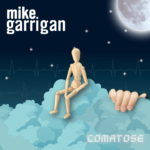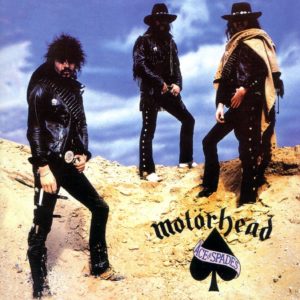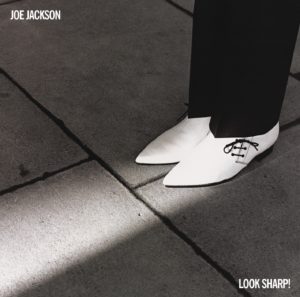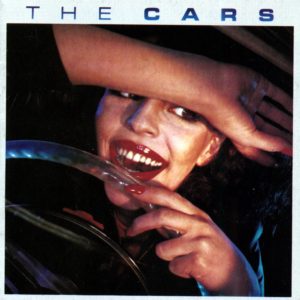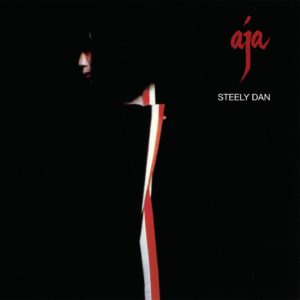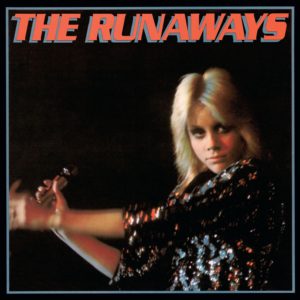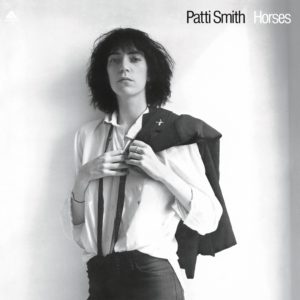
As we played our set on the Waterfall Stage at the NC State Fair, I thought about time travel. Between songs, I announced, “We’re Collapsis, a band from the year 1998. We’ve traveled here to the future to play for you.” To me, the essence of that statement is true. There, at 7 pm, on October 23, 2021, a band that was moderately popular some three decades prior reunited to play the same songs it played long ago. A synergy from the past traveled through some kind of conceptual wormhole only to appear years in the future through the vessels that created it.

Having played the NC State Fair twice now, I can confirm that the greatest obstacle a band faces when playing anywhere near the fairgrounds when the fair is in full swing is getting to the stage. We attempted to caravan to the stage after meeting up at Sushi Nine, only to fail in that simple one mile distance. Our caravan fell to pieces, first because of the size of one of our vehicles and second because of poor pedestrian management near the vendor admission gates. Note to future self (and any musician reading this): arrive on the fairgrounds in one vehicle and allow and extra two hours for transit.
Once we got to the stage, the production and production management was world class. Crisp clear monitors and an exciting stage made for an excellent show all around. Special thanks to Deep South Entertainment for doing such an excellent job with the Waterfall Music Stage.
We only omitted the Big Star cover from our planned set. We substituted “Seems” by QSS at the very end.

What I look at: set list, cheat sheet, amp/fx selection board. 
Mid-Atlantic Wrestling probably used this particular dressing room back in the 80s. 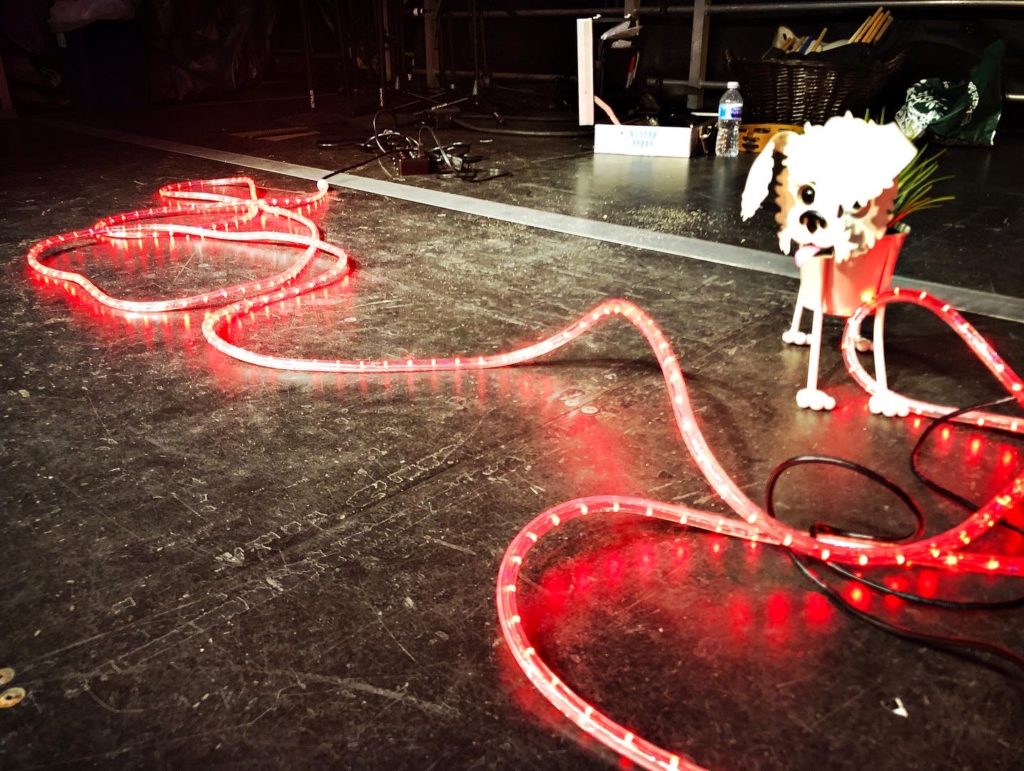
I don’t know what this is. 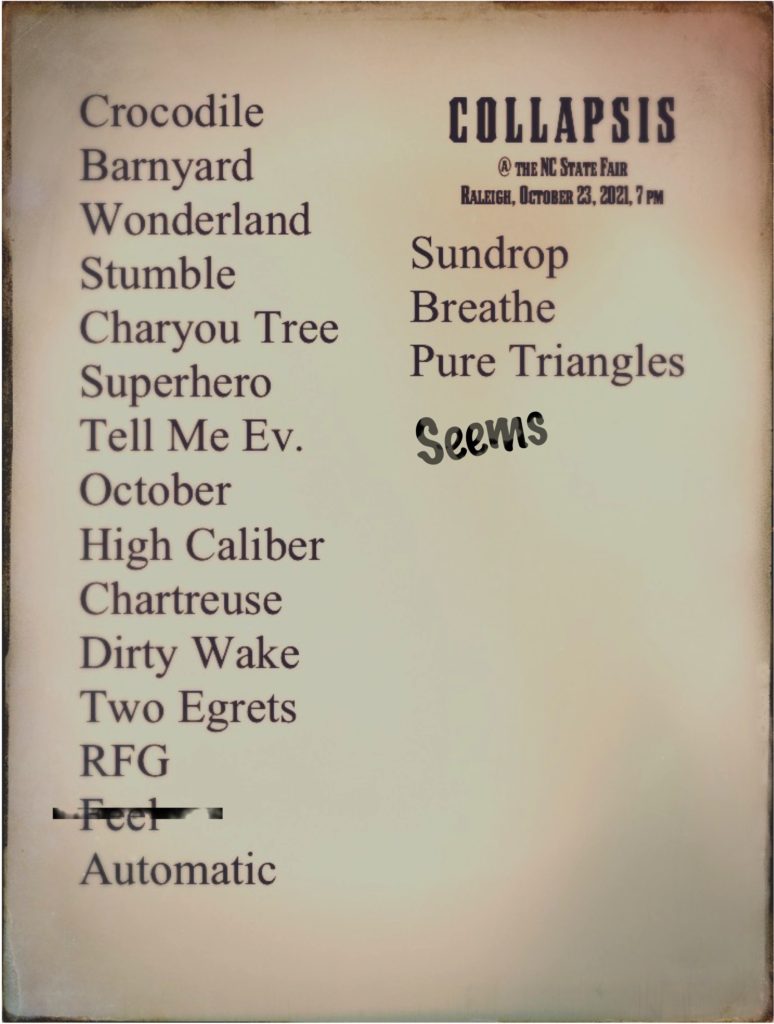
We achieve the Collapsis font by placing “Council” font in all caps and putting an extra space between the letters.
